WEAPONS TRANSFERRED TO THE HOUTHI MILITIA AND EMPLOYED IN THE CONFLICT IN YEMEN (2015-ongoing)
Quds-1 Cruise Missile
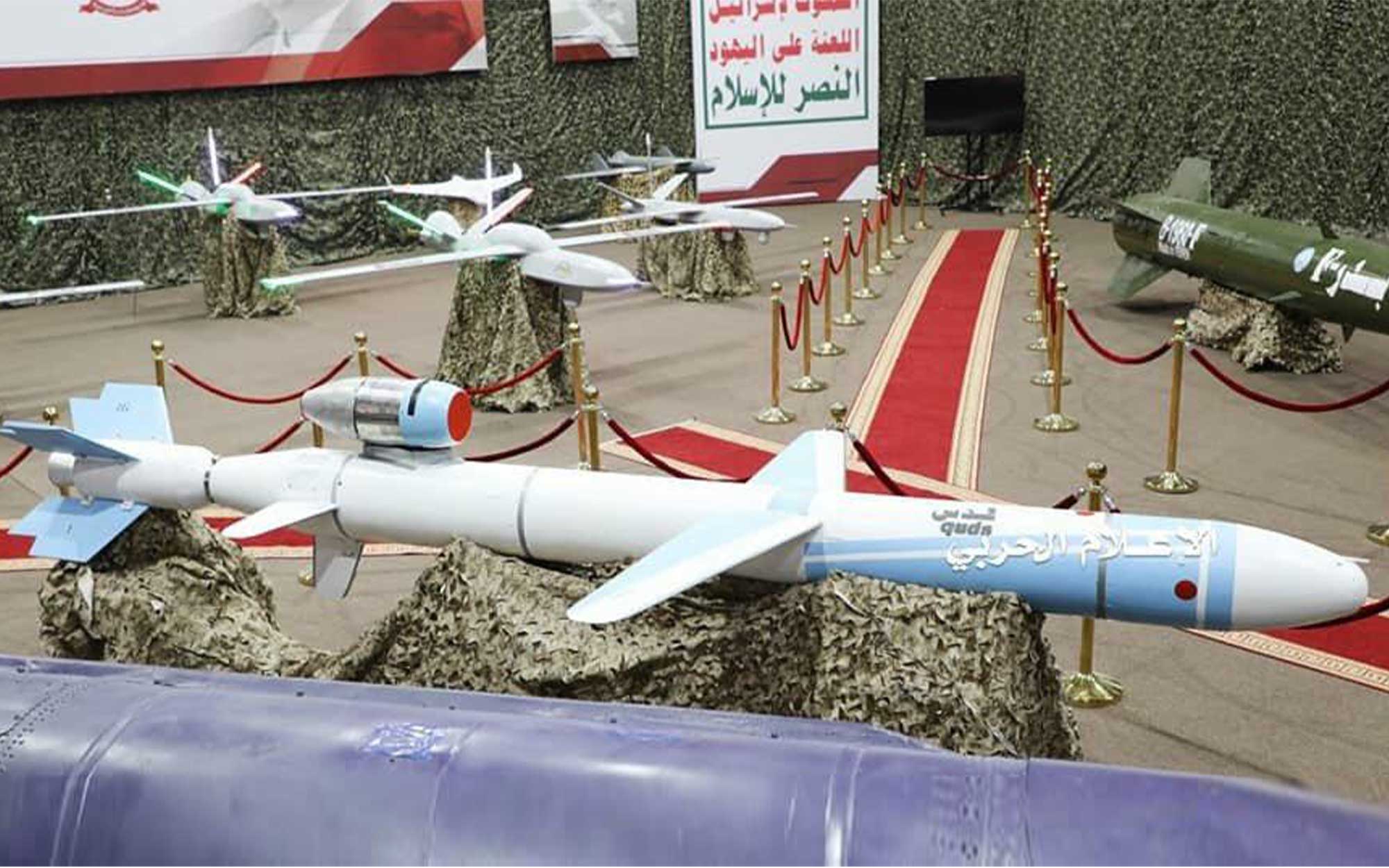
| WEAPON NAME | Quds-1 Cruise Missile |
|---|
The Quds-1 is a guided missile that remains in the atmosphere and flies the major portion of its flight path at approximately constant speed. According to experts, the Quds-1 could be a copy of the Iranian Soumar missile or the Russian KH-55. The Soumar is Iran’s attempt at reverse-engineering the Soviet-designed KH-55 cruise missile, several of which the country illegally imported between 1999 and 2000 from Russia. Differences between the Quds-1 and the Soumar include the size (much smaller), the wing position, the shape of the nose cone and the fuselage, the position of the stabilizers and its shorter range, due to having less room aboard for fuel, and due to being a ground-launched rather than an air-launched cruise missile. → armscontrolwonk.com/quds-1
| MANUFACTURER |
|---|
(?) Assembled by the Houthis
| ARMS EXPORT |
|---|
Assuming the limited industrial capacity and technology of the Houthis, it is highly probable that the Quds-1 and all the other weaponry have an Iranian origin and its components have been specifically modified to not show any link with Iran. The government of Teheran has been repeatedly accused of providing an increasingly potent arsenal of anti-ship and ballistic missiles, deadly sea mines and even explosive boats that have attacked allied ships in the Red Sea or Saudi territory across Yemen’s northern border.
The cruise missiles shares the name of the Quds Force (al-Quds, “Jerusalem Force” in English), a special unit of the Islamic Revolutionary Guard Corps (IRGC), specializing in unconventional warfare and military intelligence operations, reporting directly to the Ayatollah Ruhollah Khamenei, the supreme leader of Iran. Qasem Soleimani, the Iranian general killed due to a drone strike ordered by Donald Trump on January 3rd, 2020, was the Iranian Major General in the IRGC and, from 1998 until his death in 2020, commander of its Quds Force. Analysts estimate that the unite is composed of 10,000–20,000 members.
(iranprimer.usip.org, Dec. 2019)
| MAINTENANCE |
|---|
Both the KH-55 and the Soumar use fuel-efficient turbofan engines, while the Quds-1 is powered by a TJ100 Turbo Jet engine suitable for UAVs and missiles: the apparatus seems to be an unlicensed copy of the one manufactured by the PBS Velká Bíteš, a Czech hi-tech manufacturer of power units and other equipment in the field of aerospace, although the company denies any involvement. (pbs.cz, May 2015)
| IDENTIFICATION | On “60 Minutes:” Never-before-seen video of oil strikes (Sep. 14, 2019) |
|---|
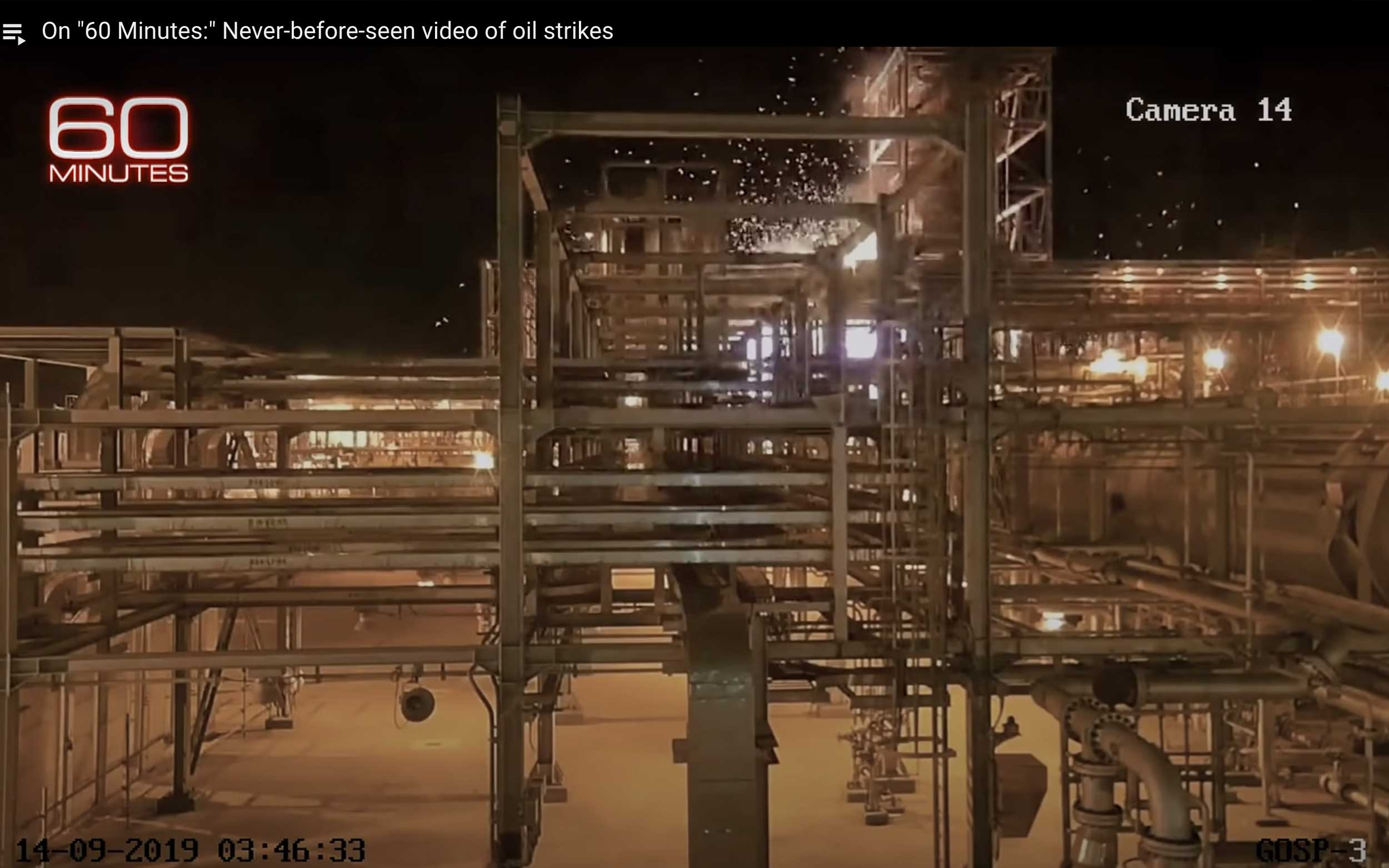 Quds-1 Attack at min. 0:05
Quds-1 Attack at min. 0:05
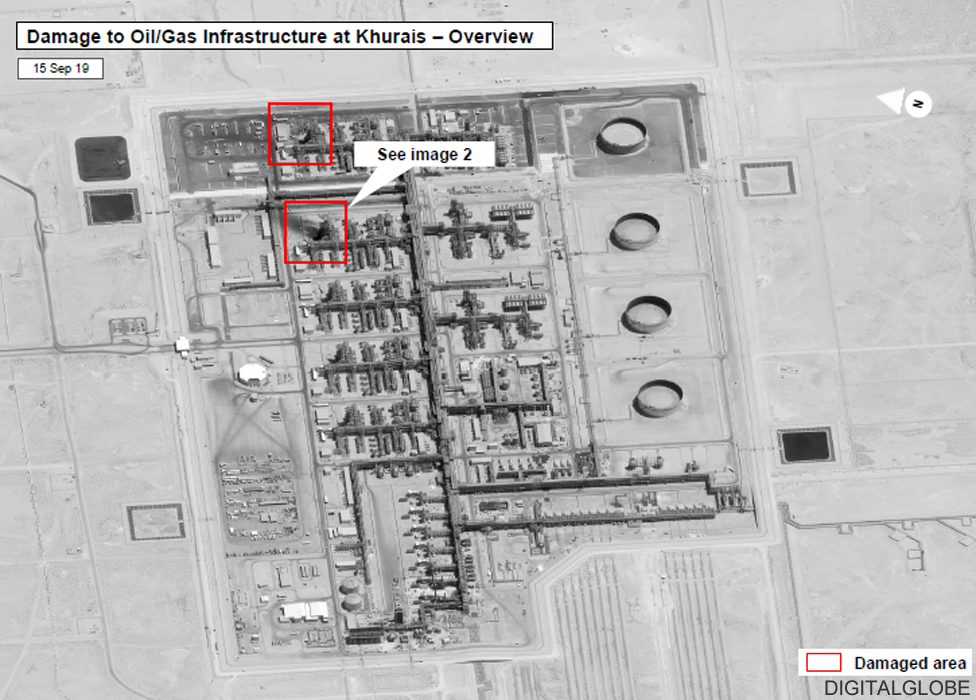
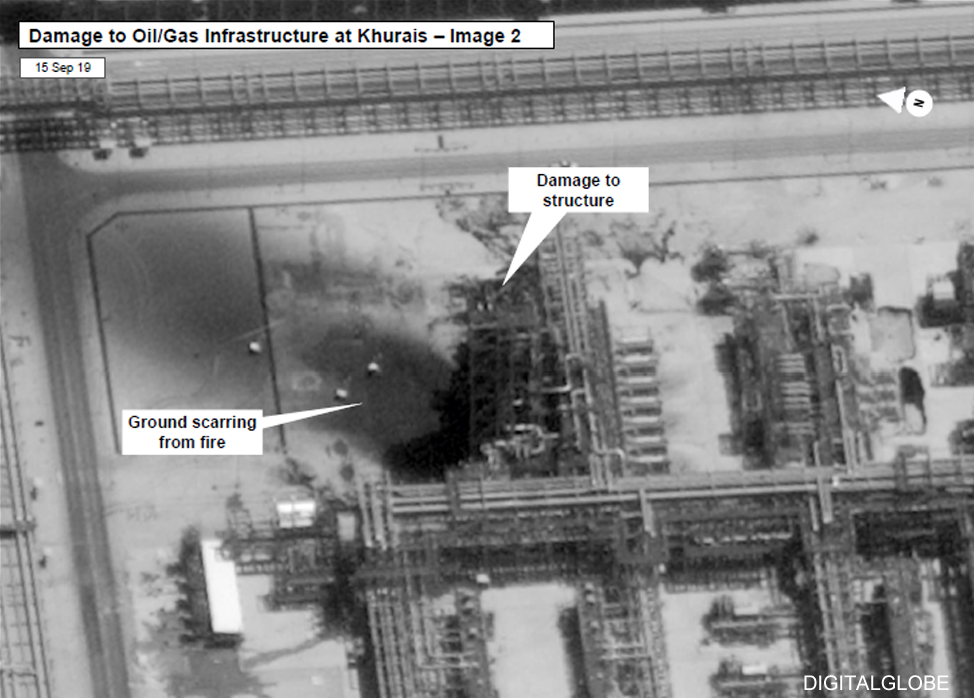
Direction of the attack to one of the tower of Khurais oil Field at min. 0:05 (BBC)
| GEOLOCATION | Saudi Aramco Plant - Khurais Oil Field, SAUDI ARABIA → 25°15’38.6”N 48°05’31.8”E |
|---|
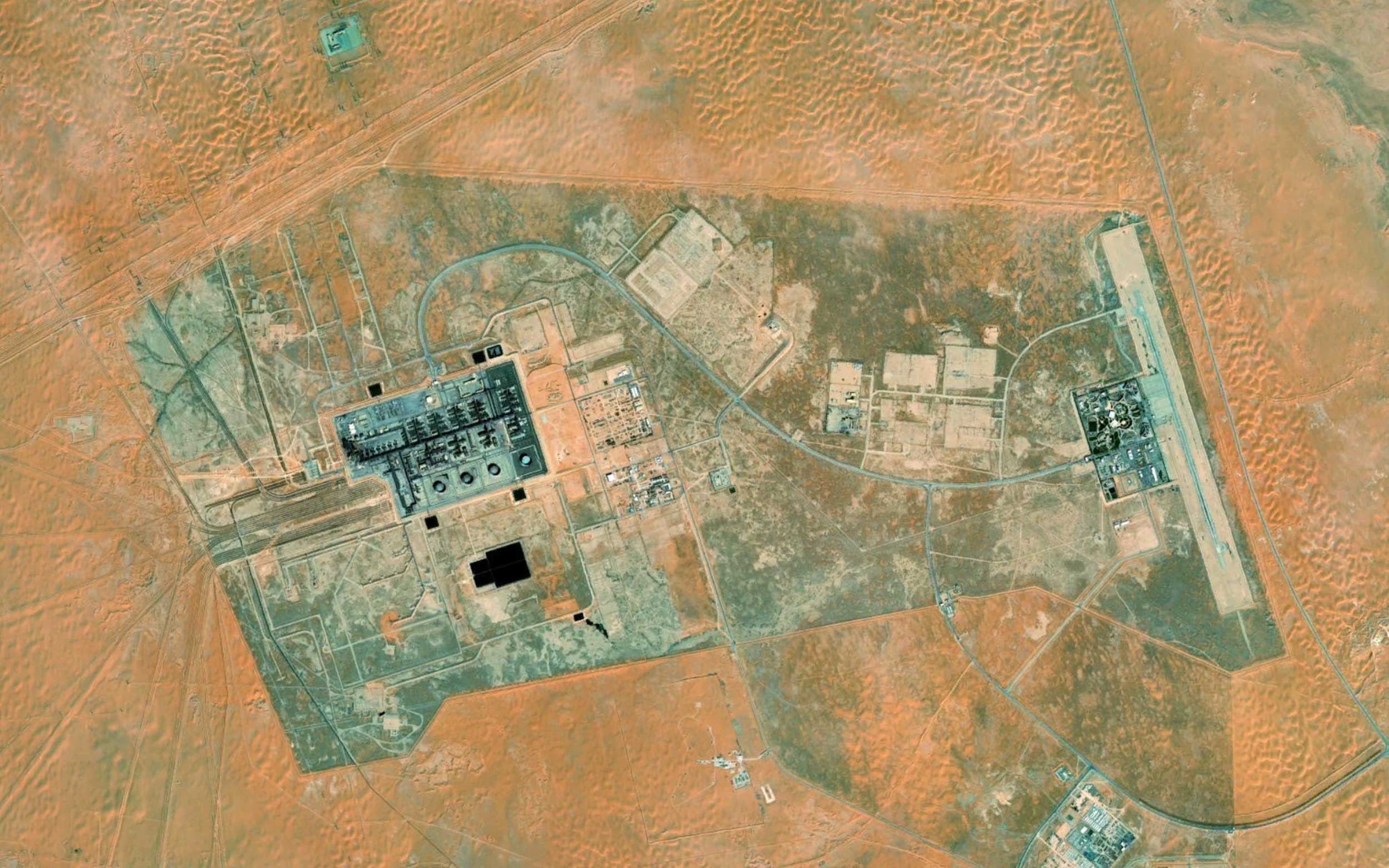 Satellite Image, Apple Maps
Satellite Image, Apple Maps
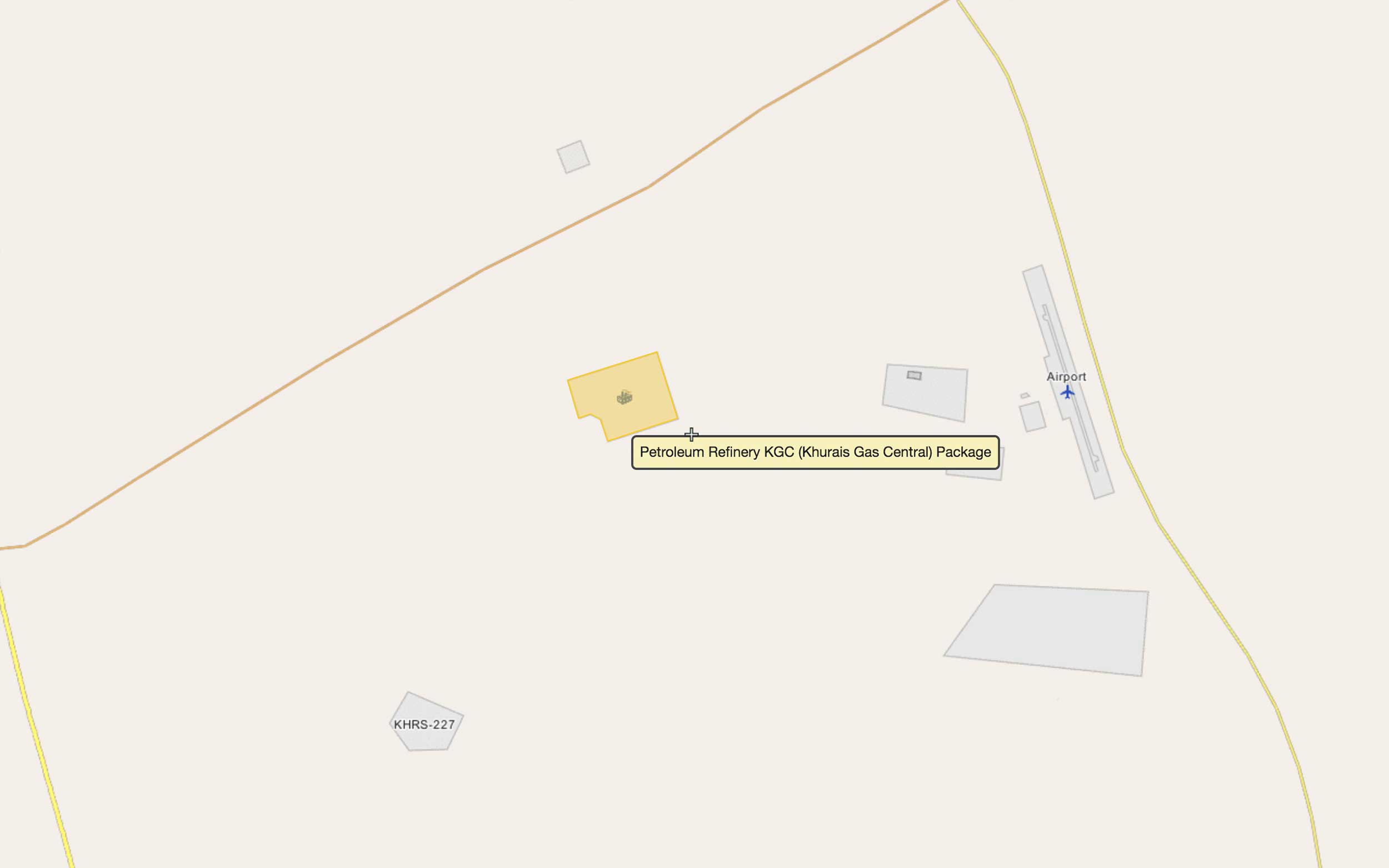 Wikimapia
Wikimapia
(Investigation Non-Verified)
The Repository is based on data extracted from SIPRI, Military Wiki and news sources.
© Code & Design by Cinzia Bongino,